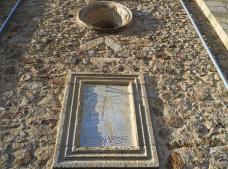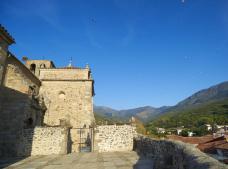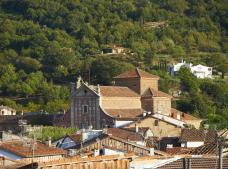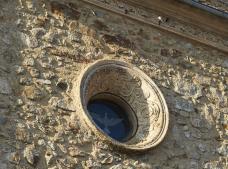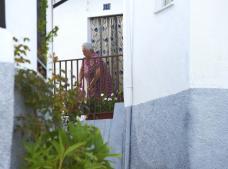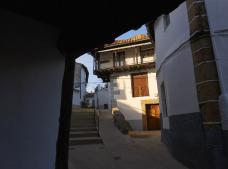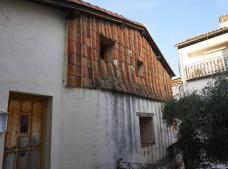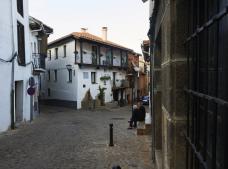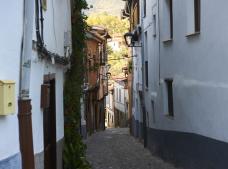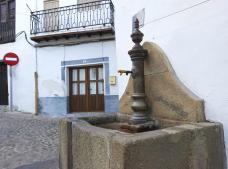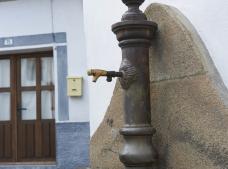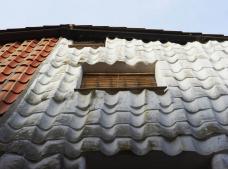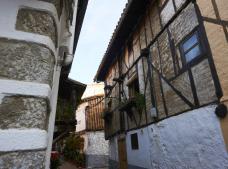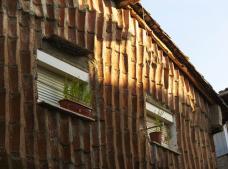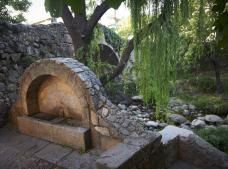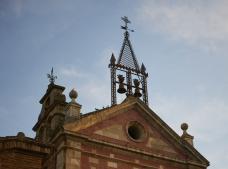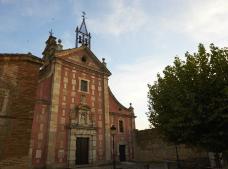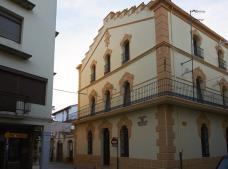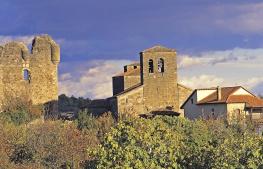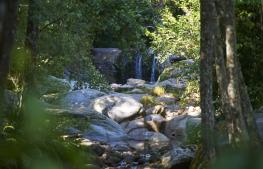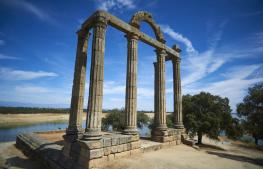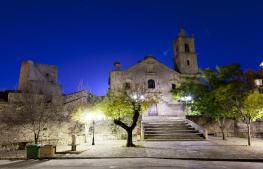Hervás Historical Site
Sephardic past
Hervás is a town set in a privileged environment in the Ambroz Valley.
Its origins go back to the 12th century. As with other towns in the province, the fact that the Silver Route runs through the municipal boundaries means it has always been in contact with other peoples and cultures.
The Knights Templar erected a castle in Hervás during the Reconquest. Hervás belonged to Béjar, and both depended on the estate of the Zúñiga family, the Dukes of Béjar, until King Ferdinand VII declared Hervás a free town in 1816.
One highlight of Hervás is its Jewish Quarter. The Jewish population who lived in Hervás before the Edict of Expulsion was issued by the Catholic Monarchs in 1492, comprised 45 families and did not form a self-governing community.
Like all Jewish quarters, it is situated on the outskirts of the town centre, in the most uneven area of the town. The houses are fairly tall, with two or three storeys and the upper stories projecting. The characteristic building elements of the Jewish Quarter are the timber framing, usually made of chestnut, brickwork and rammed earth, together with the tiles or sideways planks.
The neighbourhood grew up on a layout of winding streets, some unbelievably narrow, but full of charm. It extends from La Plaza, a meeting place for Christians and Jews, to the River Ambroz and Fuente Chiquita fountain. The Jewish legacy still remains with street names such as Sinagoga (‘synagogue’), Rabilero (from ‘rabbi’) and Cofradía (‘brotherhood’). Although the synagogue no longer exists, according to oral tradition it stood at number 19 Calle Rabilero.
Every summer, Hervás’ Jewish Quarter turns into the stage for the ‘Los Conversos’ festival, featuring the participation of the entire town, where visitors can learn more about the Sephardic culture and gastronomy that once played a key role in the municipality.
In 1969 the Jewish Quarter of Hervás was declared a Historical-Artistic Site.
Weather
Hervás
21Dec

-1 ºC
6 ºC
22Dec

-1 ºC
6 ºC
23Dec

2 ºC
7 ºC
24Dec

4 ºC
10 ºC
25Dec

0 ºC
8 ºC
26Dec

1 ºC
7 ºC
If you like Hervás Historical Site you will like this too...
Valverde de La Vera Historical Site
Valverde de La Vera is a village located in the county of La Vera.
Garganta la Olla Historical Site
The municipality of Garganta la Olla is in the county of La Vera.
Valencia de Alcántara Historical Site
Valencia de Alcántara is a town in the county of Sierra de San Pedro.

